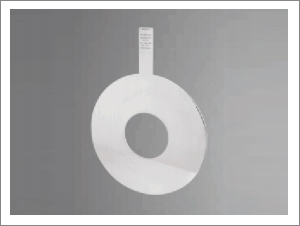
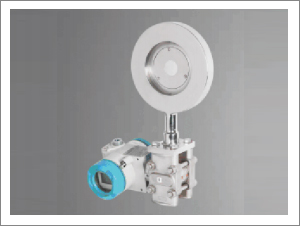
ORIFICE PLATE :
Orifice Plate is the heart of the Orifice Meter. It restricts the flow and develops the Differential Pressure which is proportional to the square of the flow rate. The flow measuring accuracy entirely depends upon the quality of Orifice plate, its installation and maintains. When measuring wet gas or saturated steam a weep hole is drilled in a concentrically bored orifice plate. This is a small hole drilled on the orifice plate such that its location is exactly on ID of the main pipe. The Orifice plates are manufactured as per ISA / AGA/ API / ANSI standards and in various materials such as SS304 /SS316 / SS316L /Hestoly C / Monel / PTFE coated.
RESTRICTION ORIFICE PLATE :
A Restriction Orifice Plate is similar to an orifice plate but is much thicker. It is used to drop upstream pressure of a system. While passing the fluid through thick plate energy is lost in friction and heat resulting considerable pressure drop.
Normally single Orifice Plate having larger Thickness is used. However when the Flow velocities crosses the limit of critical flow and are subjected to sonic velocities to avoid noise vibration and cavitations in the liquid the Restriction Orifice Plates are designed in multistage form.
For Viscous fluids and low Reynolds number the upstream side of the Restriction Orifice plate is beveled.
The discharge coefficient of the restriction orifice plate is, also as per the orifice plate, approximately 0.6 according to ISO 5167. The bore is designed as per ISO 5167 and thickness as per R.W Miller/Ward-Smith.
When the noise through single hole is beyond the acceptable limit sometimes Multi Hole plates are used as restriction orifice plates .The process condition defines the no of holes. Multistage with multi holes restriction is also a possible combination.
Different Types of Orifice Plates and their applications :
Paddle Type Orifice Plate
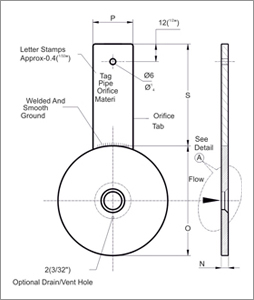
Cocentric Beveled Bore
Application :
This most common bore used in the industries. This is the only type generally accepted for use in custody transfer measurement, since adequate data is not available for other bores. Used primarily for clean homogeneous liquids, gases, non viscous fluids. The bevel is matched at 45o angle to the desired throat thickness.
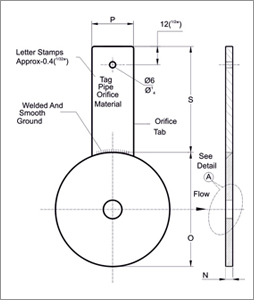
Restriction Bore
Application :
This type is not used for flow measurement but for dropping the pressure considerably and reducing the flow accordingly. The bore is not beveled but kept straight. The beta ratio has no limit as accuracy is not the goal.
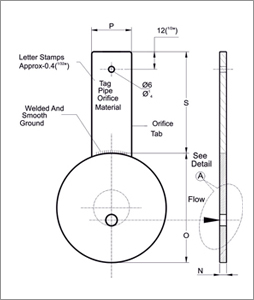
Eccentric Bore
Application :
Used for measurement of flow for fluids containing solids and slurries. It is also used for vapors and gases where condensation is present. The eccentric bore is offset to where the bore edge is inscribed in a circle that is 98% the line id.
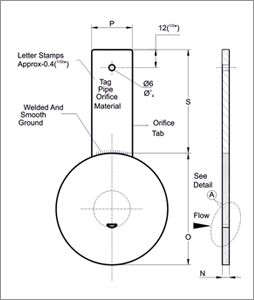
Segmenta Bore
Application :
The segmental bore is located in the same way that the eccentric bore is. This type is used primarily for slurries or extreamly dirty gases wher the flow may contain impurities heavier than the fluid.
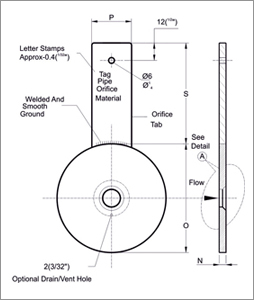
Quadrant Bore
Application :
Used for high viscous fluids such as heavy cruid, syrups and slurries. It is always recommended for flow where Reynolds number is less than 10,000.The inlet is quarter of a circle and the plate thickness must be at least radius of the inlet.
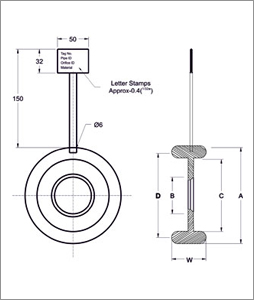
Ring Type Joint - Integral
Application :
These are available in oval or octal shapes. Orifice plate is a part of RTJ gasket.
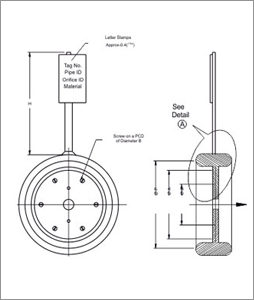
Ring Type Joint - Separate
Application :
These are available in oval or octal shapes. The Orifice Plate is Universal type and snap fitted on the RTJ gasket by screws.
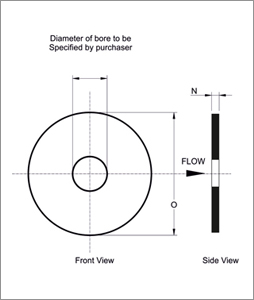
Universal Orifice Plates
Application :
This is a circular plate designed to fit in the Orifice fittings / Plate holders / carrier rings / Ring Type Joints(RTJ).

